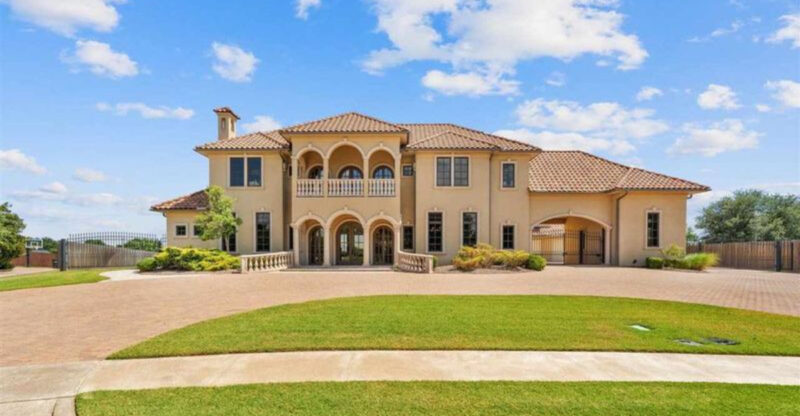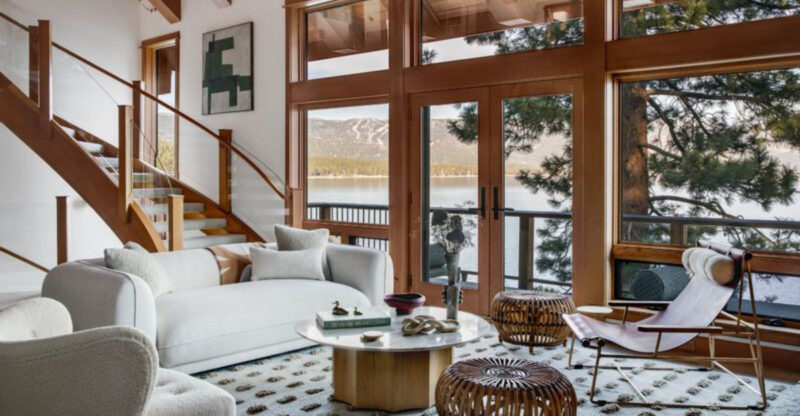11 Types Of Homes Expected To Plummet In Value By The End Of 2025 (And 9 Types That Will Grow Even More)
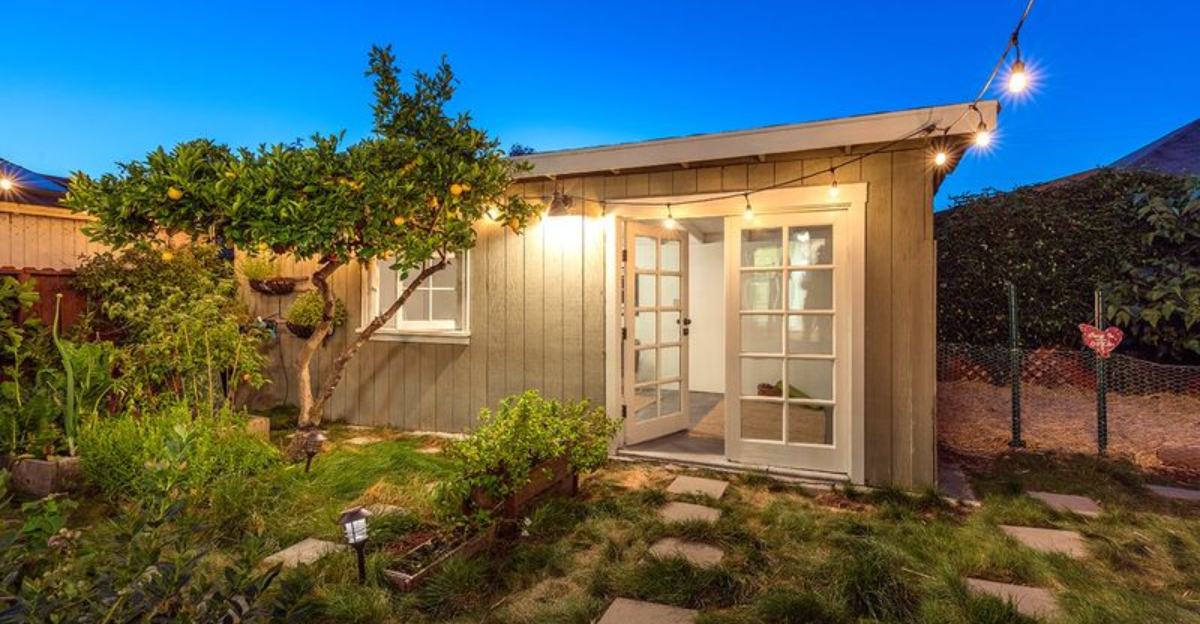
The housing market is entering a new era, driven by changing lifestyles, economic shifts, and evolving buyer expectations. What once defined a “smart investment” may not hold true in the months ahead, as certain properties lose appeal and others gain surprising traction.
Whether you’re buying, selling, or simply keeping an eye on the trends, staying ahead of these shifts could be the difference between building equity and watching it slip away.
1. McMansions Falling Out Of Fashion
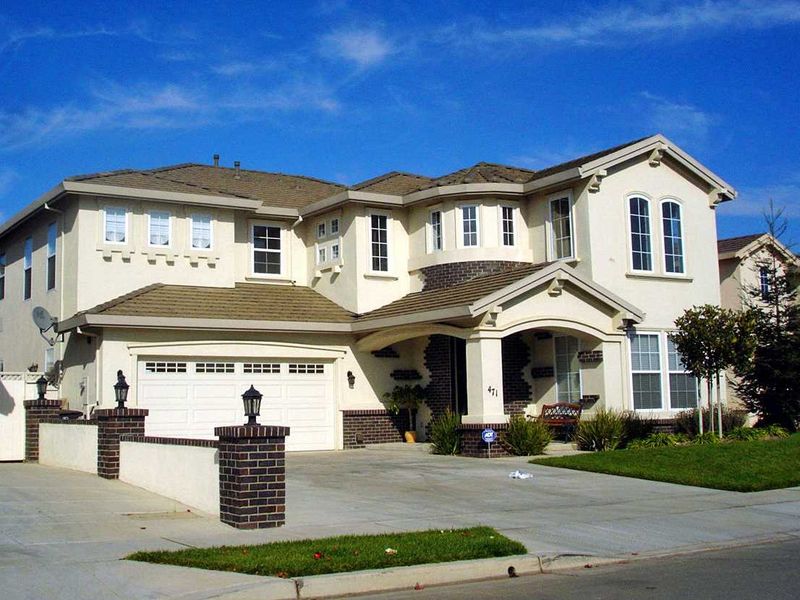
Once the crown jewel of suburban living, these oversized showpieces are losing their appeal fast. McMansions combine massive square footage with cookie-cutter designs and cheap materials.
Young homebuyers simply aren’t interested in maintaining these energy-inefficient giants. With rising utility costs and changing family structures, these symbols of excess are expected to see values drop by 15-20% in many markets.
2. Homes Near Coal Power Plants

Environmental awareness is reshaping buyer preferences across the country. Properties within viewing distance of coal-burning facilities face a double whammy of health concerns and outdated energy associations.
These homes near power plants could see values plummet as green energy initiatives accelerate. With many coal plants scheduled for decommissioning, surrounding neighborhoods might temporarily suffer before potential redevelopment brings renewed interest.
3. Single-Story Ranch Homes In Flood Zones
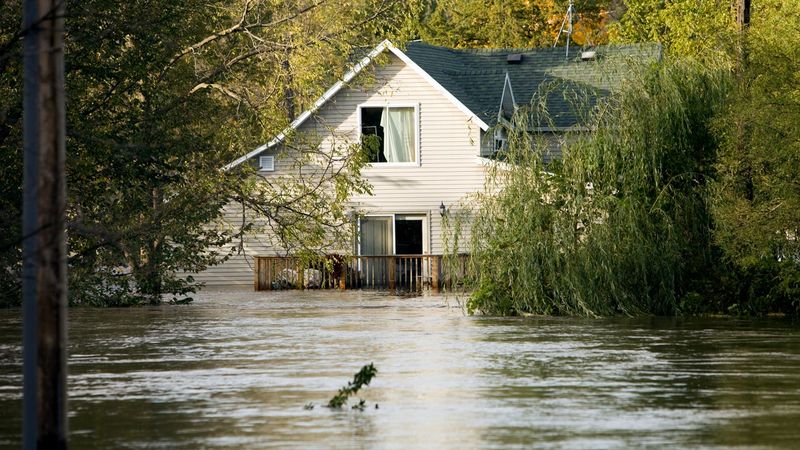
Climate change is creating new realities for waterfront property owners. Single-level ranches in areas experiencing increased flooding events are becoming insurance nightmares.
These ranch homes in designated flood zones face skyrocketing insurance premiums that make ownership increasingly costly. As flood maps get redrawn and severe weather events become more common, expect these properties to see significant value decreases as buyers calculate the true cost of ownership.
4. Luxury High-Rises With Limited Amenities
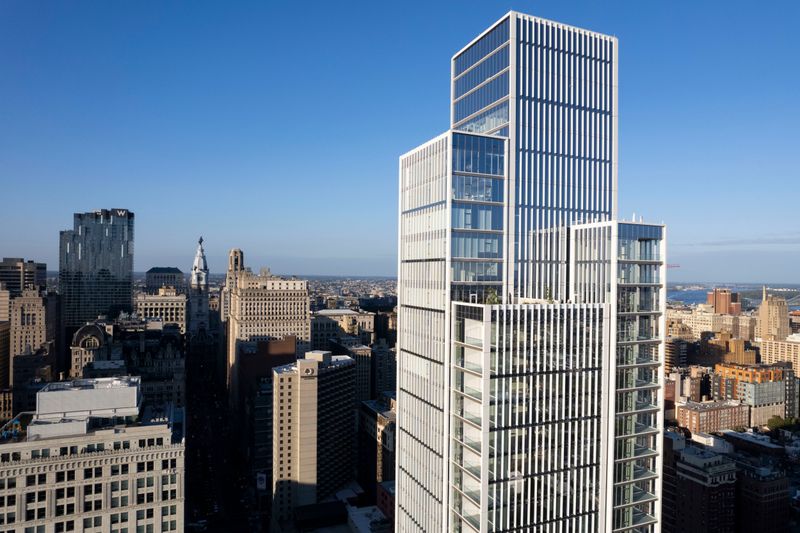
The pandemic changed what luxury buyers expect from vertical living. Fancy addresses alone no longer justify premium prices if buildings lack work-from-home spaces and outdoor areas.
High-rise units without robust amenity packages are seeing declining interest. Today’s luxury buyers demand private outdoor spaces, co-working areas, fitness centers, and package management systems—buildings without these features face significant value corrections as newer competitors deliver what residents want.
5. Homes In Declining School Districts
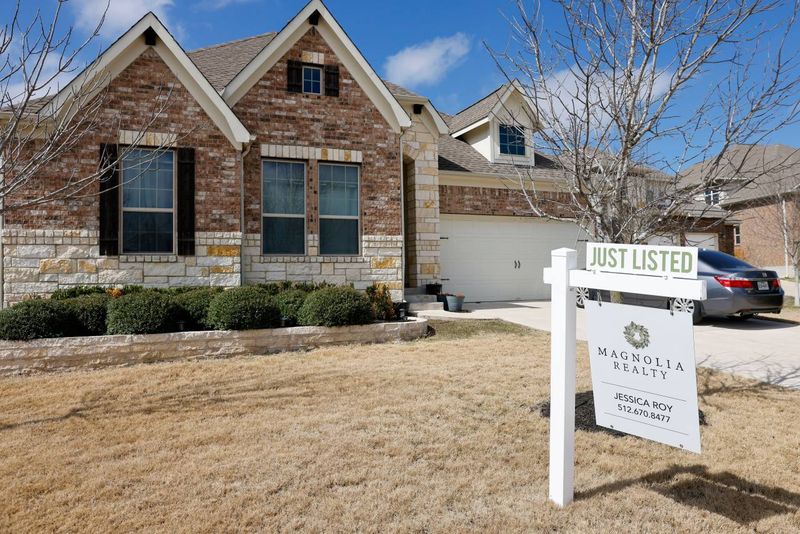
Education remains a primary driver of real estate decisions for families. Properties located within school districts experiencing funding cuts, teacher shortages, or declining test scores face serious market challenges.
These homes in struggling districts can lose 10-25% of their value compared to similar properties in better-performing districts just minutes away. As education data becomes more accessible to homebuyers, expect this value gap to widen further in many metropolitan areas.
6. Remote Properties Without High-Speed Internet
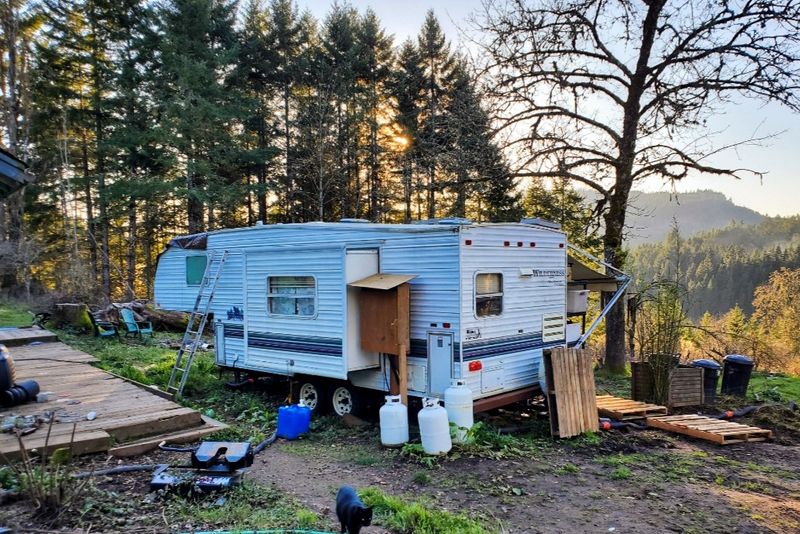
Working from home has become a permanent arrangement for millions of Americans. Rural properties lacking reliable broadband infrastructure are finding themselves suddenly less marketable despite their space and privacy benefits.
Homes without high-speed connectivity options are seeing buyer interest plummet. What once seemed like minor inconveniences have become deal-breakers as video conferencing and cloud-based work become standard requirements for remote professionals seeking countryside escapes.
7. Older Homes With Original Electrical Systems
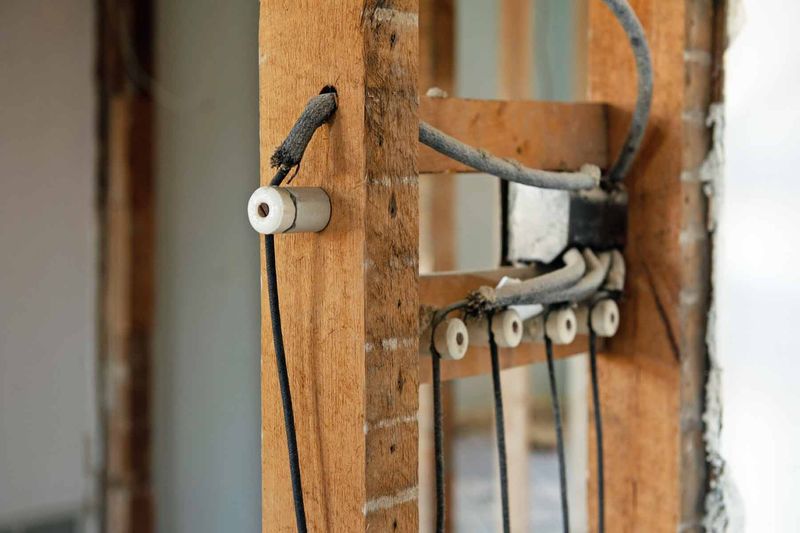
Safety concerns and modern electronics demand updated infrastructure. Properties still running on outdated electrical systems like knob-and-tube wiring or 60-amp service panels face significant hurdles with both insurers and buyers.
These older homes with original electrical work often fail to meet current codes. With renovation costs for complete electrical overhauls often reaching $15,000-$30,000, buyers are calculating these expenses into their offers, driving down values for homes needing these critical updates.
8. Car-Dependent Suburban Developments
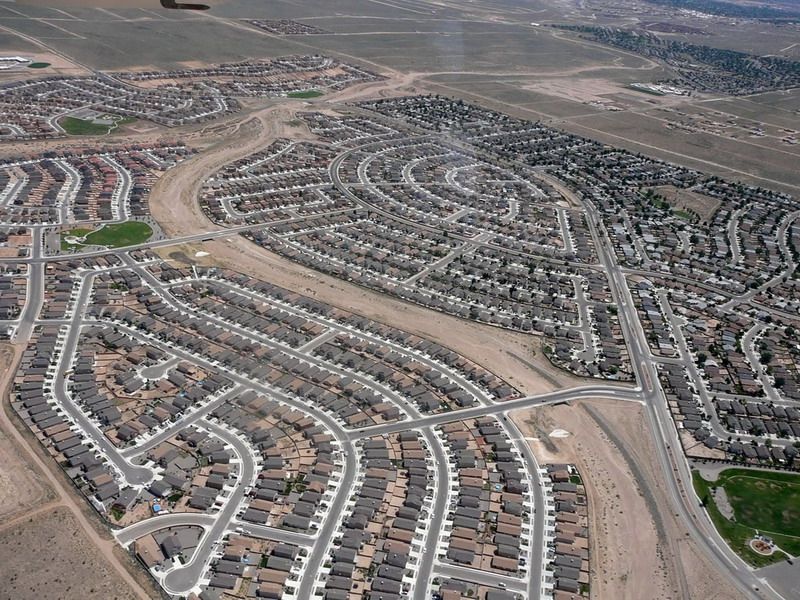
Rising fuel costs and changing lifestyle preferences are reshaping housing desirability. Sprawling subdivisions built on the assumption of cheap gas and long commutes are losing appeal, especially among younger buyers.
These car-dependent neighborhoods lack sidewalks, bike lanes, and public transit options. As walkability scores become increasingly important metrics for homebuyers, expect purely car-centric developments far from employment centers to see values stagnate or decline while walkable alternatives appreciate.
9. Homes Near Fracking Operations

Environmental concerns are increasingly influencing real estate decisions nationwide. Properties located near active hydraulic fracturing sites face uncertain futures as health and water quality worries mount.
Homes near fracking operations have shown documented value decreases of 5-15% in multiple studies. With increased scrutiny of fossil fuel extraction and growing litigation around contamination issues, properties within several miles of these industrial operations may see accelerating declines through 2025.
10. Homes With Outdated Floor Plans

Modern living demands different spaces than previous generations required. Properties featuring formal dining rooms, closed kitchens, and compartmentalized layouts are struggling to compete with more contemporary options.
These homes with outdated floor plans feel cramped and inefficient to today’s buyers. Without expensive renovations to create open concept living spaces, home offices, and primary suites, these properties often sit on the market longer and ultimately sell for less than their updated counterparts.
11. Properties In High-Tax Jurisdictions
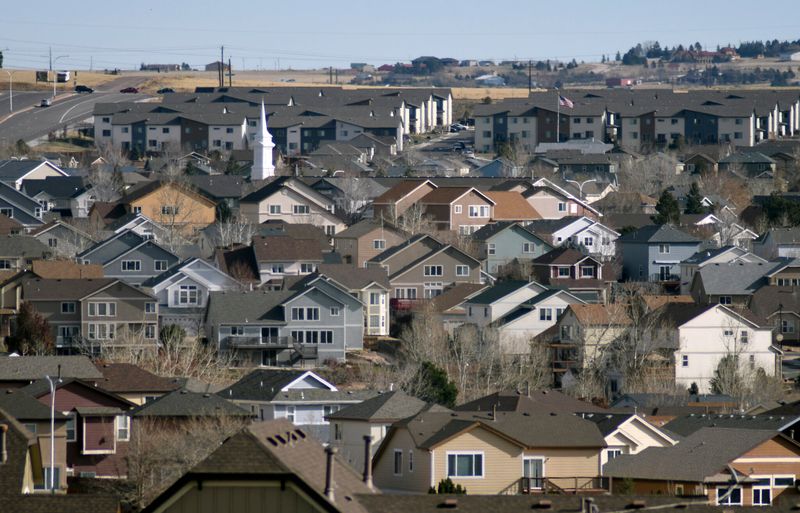
Tax burden awareness is reshaping migration patterns across America. Homes in municipalities with rapidly rising property taxes, especially in states with high income taxes, face value pressures as buyers calculate total ownership costs.
These high-tax properties are seeing demand weaken as remote work enables more location flexibility. With some areas seeing annual tax increases outpacing income growth, expect continued migration away from high-tax jurisdictions, putting downward pressure on home values in these regions through 2025.
12. Sustainable Tiny Homes On Wheels
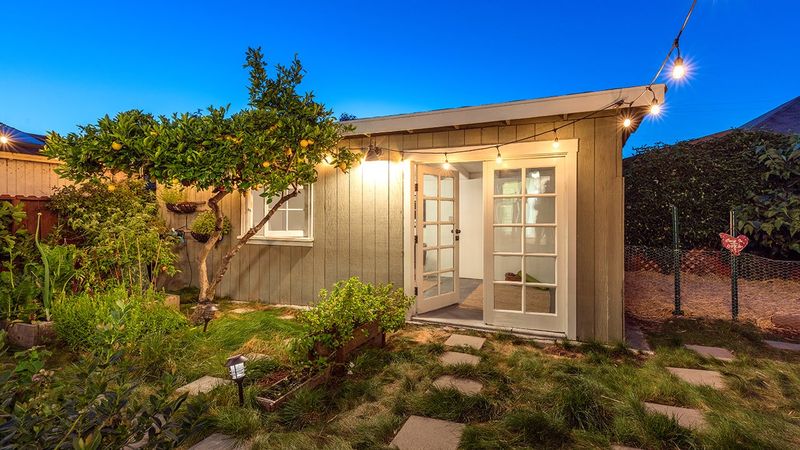
Minimalism meets mobility in this growing housing segment. These compact dwellings typically range from 100-400 square feet and emphasize efficient design, sustainability, and financial freedom.
Tiny homes on wheels offer remarkable flexibility for changing lifestyles. With younger buyers prioritizing experiences over possessions and housing costs consuming ever-larger portions of income, these affordable alternatives are projected to see 25-30% value increases as zoning regulations increasingly accommodate them.
13. Homes With Dedicated Home Offices
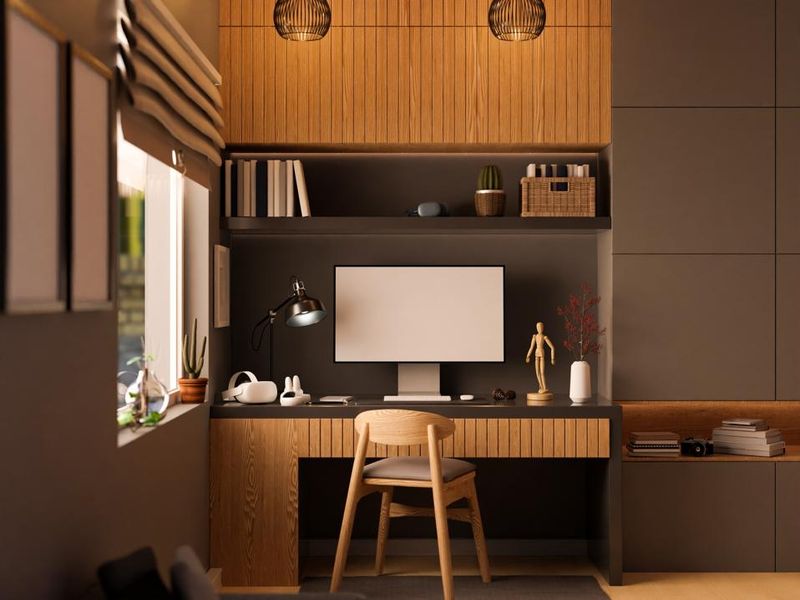
Remote work has fundamentally changed housing priorities for millions. Properties featuring dedicated, private workspace—not just a desk crammed in a bedroom corner—command significant premiums in today’s market.
Homes with proper offices separate from living spaces offer the ideal work-life balance. With major companies permanently adopting hybrid work models, expect these properties to see continued appreciation of 7-10% above comparable homes without dedicated office space through 2025.
14. Multigenerational Housing With In-Law Suites
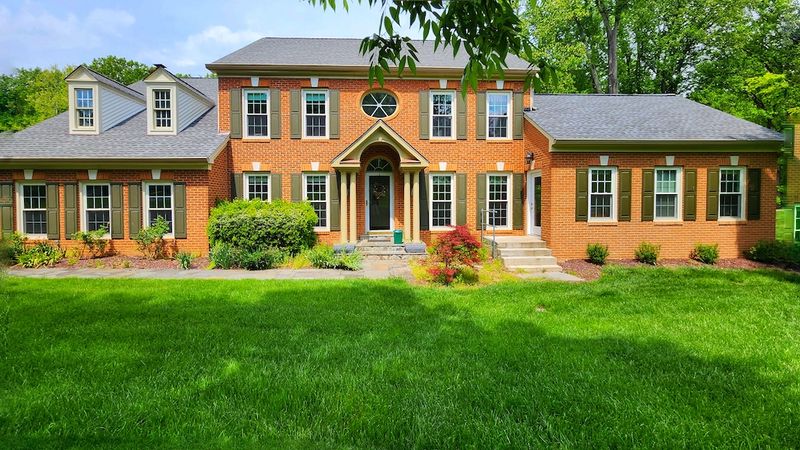
Family dynamics are evolving alongside economic realities. Homes designed to accommodate extended families under one roof—with separate entrances, kitchenettes, and privacy features—are seeing surging demand.
These multigenerational properties offer solutions for aging parents and adult children alike. With eldercare costs skyrocketing and young adults facing housing affordability challenges, expect these flexible living arrangements to see 15-20% value increases as more families combine resources under one roof.
15. Homes In 15-Minute Neighborhoods
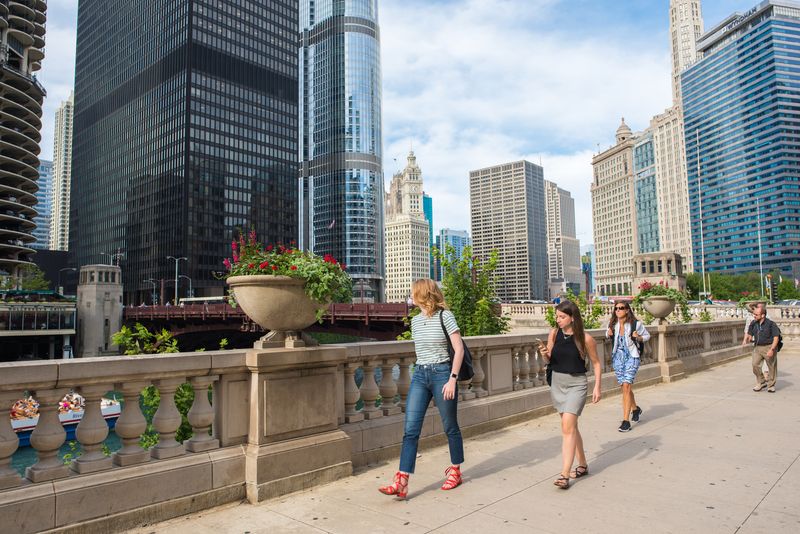
Convenience is becoming the ultimate luxury in real estate. Properties located in areas where residents can reach most daily necessities—grocery stores, restaurants, parks, schools—within a 15-minute walk are commanding premium prices.
These walkable neighborhood homes eliminate transportation headaches and foster community connections. With younger buyers prioritizing lifestyle and connection over square footage, expect properties in these complete neighborhoods to see continued appreciation of 12-18% through 2025.
16. Solar-Powered Smart Homes
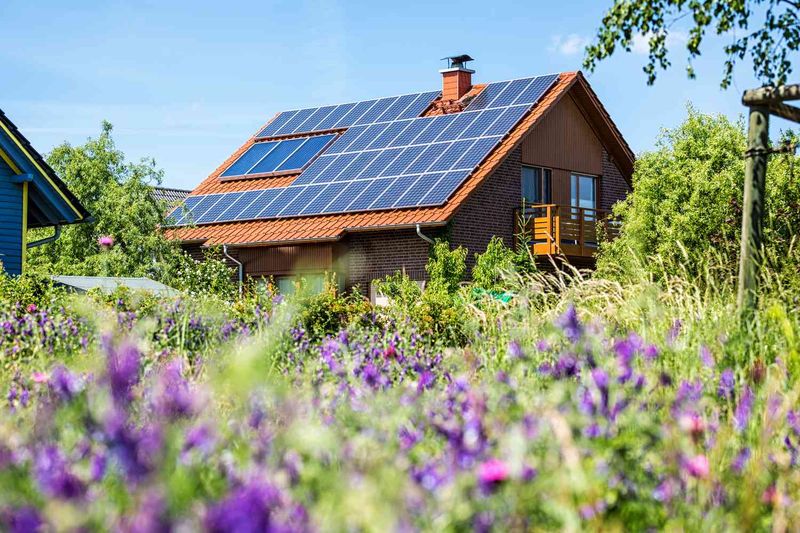
Technology and sustainability are merging to create the homes of tomorrow, today. Properties featuring integrated solar systems, battery storage, and comprehensive smart home automation are setting new standards for modern living.
These tech-forward homes offer both environmental benefits and significant utility savings. With energy costs rising and climate concerns growing, expect these future-proofed properties to command 20-25% premiums over comparable homes without these features as more buyers prioritize resilience and efficiency.
17. Homes With Accessory Dwelling Units
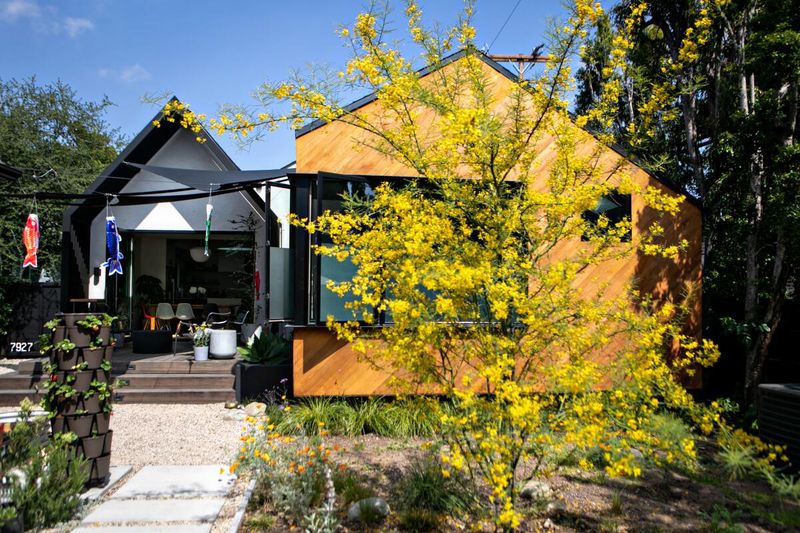
Flexibility is becoming a key factor in property valuation nationwide. Homes featuring legal ADUs—whether converted garages, basement apartments, or backyard cottages—offer rental income potential that dramatically improves return on investment.
These properties with accessory units provide mortgage helpers or space for home businesses. As housing affordability challenges persist and zoning regulations increasingly favor density, expect homes with established ADUs to see 15-20% higher appreciation rates than similar properties without these income-generating features.
18. Waterfront Properties Above Flood Zones

Location still reigns supreme in real estate, especially when combined with climate resilience. Elevated waterfront homes situated safely above flood plains offer the luxury of water views without the escalating insurance costs and risks.
These high-ground waterfront properties deliver peace of mind alongside lifestyle benefits. As flood insurance rates continue climbing and severe weather events increase in frequency, expect these strategically positioned homes to see 20-30% value increases as buyers prioritize both beauty and long-term security.
19. Homes With Outdoor Living Rooms
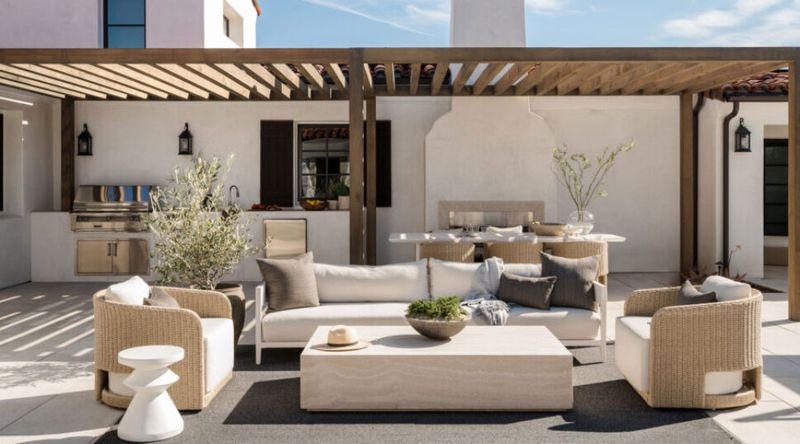
The pandemic permanently changed how we value outdoor space. Properties featuring dedicated outdoor living areas with fireplaces, kitchens, and comfortable seating have become must-haves rather than luxury extras.
These homes with outdoor rooms effectively increase usable square footage for much of the year. With entertainment and gathering habits evolving, expect properties with well-designed outdoor living spaces to command 10-15% premiums over comparable homes without these features as buyers prioritize versatile entertaining options.
20. Homes Near Major Transportation Hubs
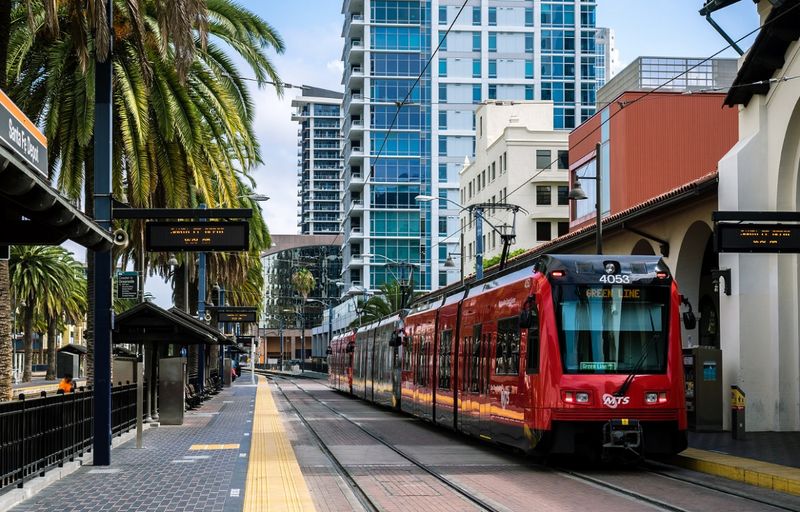
Convenience continues driving premium valuations across housing markets. Properties within walking distance of train stations, subway stops, and other transit hubs offer significant lifestyle advantages that translate to higher resale values.
These transit-adjacent homes save residents time and transportation costs daily. With traffic congestion worsening in most metropolitan areas, expect properties within a quarter-mile of major transit stations to appreciate 15-20% faster than similar homes requiring car commutes.





